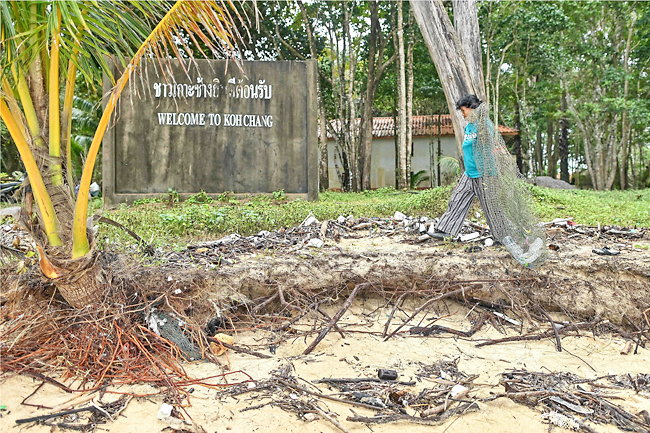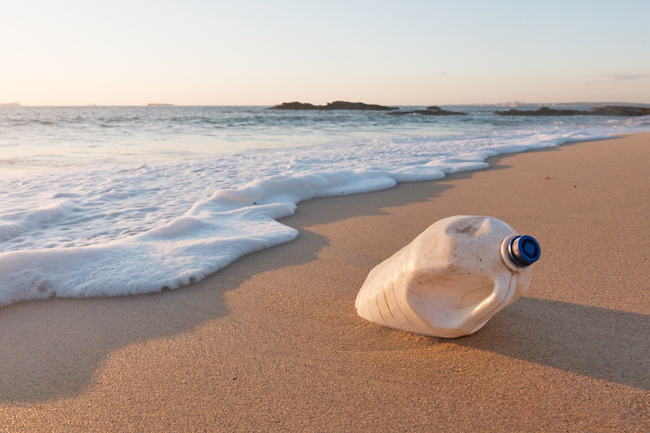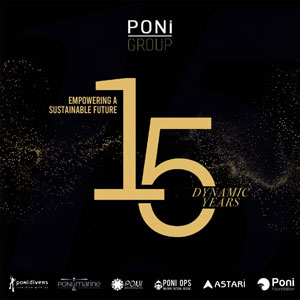Plastic: a modern marvel that’s shaped our lives in countless ways. Lightweight, versatile, and affordable, it’s the cornerstone of convenience.
Yet, this same wonder material has become a looming shadow over the natural world. For the seas of Southeast Asia, plastic is no longer just a utility. It’s a menace.
In an article written by Economic Research Institute for ASEAN and East Asia (ERIA) research associates Ivana Suradga and Aulia Salsabella Suwarno titled Regional Knowledge Sharing for Addressing Plastic Pollution, they highlighted how ASEAN nations chart a course towards a sustainable future through a shared spirit of collaboration to confront this mounting challenge.
According to the Research Associations, the numbers are staggering. Each year, millions of tonnes of plastic waste flow into the oceans, propelled by human activity and the relentless currents.
This pollution disrupts ecosystems, endangers marine life, and costs billions in revenue losses across key industries like fisheries and tourism.
In ASEAN, the stakes are particularly high. Coastal populations thrive on ocean-based economies, with nations like Indonesia, Malaysia, and Thailand deriving substantial portions of their GDP from the seas. But as the tides bring wealth, they now also carry debris.
The region faces unique challenges. Following China’s 2018 ban on importing foreign waste, several ASEAN nations became inadvertent dumping grounds for the world’s plastic.
Combined with inadequate waste management systems and infrastructure, the region has found itself at the centre of a global crisis.
Mismanaged waste, lack of data, and a linear “produce-use-dispose” model have only deepened the problem.
Amid this grim scenario, hope surfaces in the form of regional knowledge-sharing initiatives. Recognising that plastic pollution knows no borders, ASEAN Member States (AMS) are turning to collaboration as a beacon of progress.
The ASEAN Conference on Combating Plastic Pollution (ACCPP) in Jakarta last year underscored the power of collective wisdom. Governments, researchers, industries, and civil society united to exchange ideas, debate strategies, and explore pathways to a sustainable future.
The battle against plastic waste begins at its source. One of the key outcomes of the ACCPP was the call to adopt a circular economy, where the life of plastic doesn’t end in landfills or oceans but is perpetuated through reuse and recycling.


RETHINKING THE PLASTIC LIFECYCLE
This model demands a shift not only in production but also in consumer behaviour and corporate accountability. From innovative material designs to better recycling practices, the shift requires a holistic re-imagination of the plastic lifecycle.
No single entity can tackle this challenge alone. ASEAN’s approach includes forging partnerships across the entire plastic value chain. Governments must draft policies that incentivise sustainable practices, industries need to adopt greener technologies, and financial institutions should channel investments into eco-friendly projects. Civil society and researchers play an equally pivotal role in educating the public and advocating for effective solutions.
THE COST OF ACTION VS INACTION
The economic burden of plastic pollution is immense. Clean-up costs in ASEAN are estimated to exceed USD14 billion annually, while tourism and fisheries sectors bear the brunt of environmental degradation. Yet the cost of inaction looms even larger.
By 2040, it is projected that 30 million tonnes of plastic waste will leak into the environment annually, a 50 per cent increase from today’s levels.
AMS have recognised the urgency. Strengthening waste management systems and promoting localised solutions are steps in the right direction.
However, experts stress that without sufficient financing and robust international agreements, the region risks falling short.ASEAN’s unique socioeconomic and cultural fabric provides fertile ground for solutions tailored to local contexts. While lessons from global counterparts are valuable, regional collaboration often resonates more strongly due to shared challenges and similarities.
Knowledge-sharing platforms have already produced tangible results. Initiatives like the 3RproMar Project and the Regional Capacity Centre for Clean Seas (RC3S) are paving the way for harmonised strategies, empowering AMS to bridge capability gaps and build resilience.
A key milestone on the horizon is the Global Plastic Treaty, expected to conclude this year.
ASEAN has a vital role to play in shaping this treaty, ensuring it addresses the specific needs of developing nations and aligns with regional priorities.
Coordinated efforts to strengthen representation and negotiations could amplify the region’s voice on the global stage.
CHANGING TIDES
The story of plastic pollution is not merely one of despair. It is also a testament to the resilience and ingenuity of ASEAN nations.
Efforts to combat this crisis are reflections of a region determined to protect its oceans, sustain its economies, and secure a healthier future for its people. From ambitious policy frameworks to grassroots initiatives, every step taken is a ripple in the larger wave of change.
As we stand on the brink of a critical juncture, the choice is clear. The tides can either carry us further into the depths of environmental peril or steer us towards a horizon of sustainability.
For ASEAN, the path forward lies in unity, innovation, and an unwavering commitment to a cleaner tomorrow.







